How To Cover Tub Surround Flange
Flange guards can provide an added level of protection to ensure your safety overall. It also provides easy access for cleaning. It helps to keep the object in the right position and strengthen it.
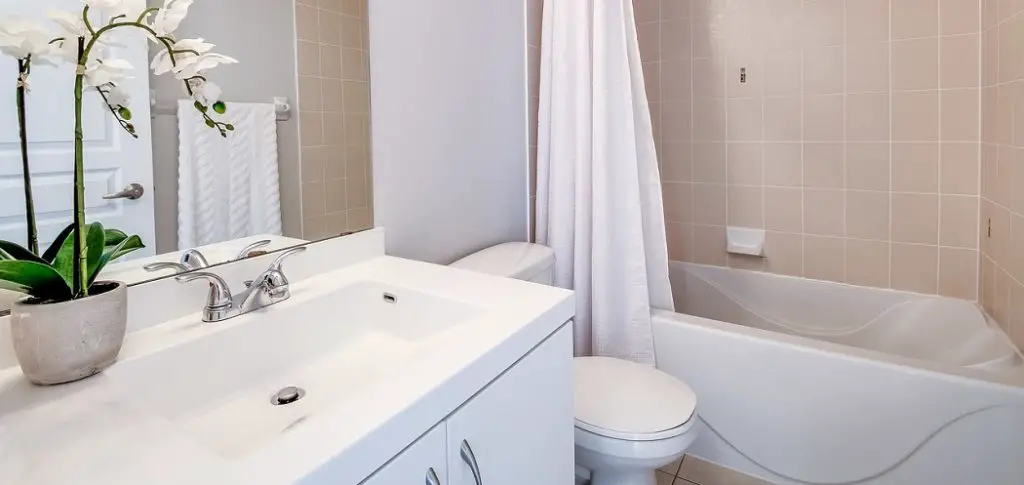
So, are you thinking of covering your tub surround flange but don’t know how to start? This article will explain the basic methods you need to follow to cover your tub surround flange. You will get a one-stop solution at a glance.
What Is a Surrounding Flange?
A surround flange is a type of joint used in the manufacturing of pipelines, tanks, and other industrial equipment. It is made up of several metal plates that are welded together around the circumference. It is used for many purposes but we have used it for bathtubs in this post.
Benefits of a Tub Surround Flange?
- Surround flange provides resistance to stress and strain that may be applied to the joint during operation. This prevents the pipe from breaking or leaking.
If you decide to install a surround, the flange will help to protect your walls and floor from water damage. - It can make it easier to coordinate the hardware in your bathroom.
- If the tub flanges are visible, it can affect the decoration of the bathroom.
- A surround flange can also be used to improve the strength and durability of a pipeline by preventing bending or warping.
- By using flange for fixing the objects to anything and make it stronger and than last long.
Two Common Methods to Cover Tub Surround Flange
Tub surround flange covers are a great way to protect your tub and prevent any damage to the finish of your tub. It’s important to cover these areas, so you don’t get a scalding or burn. Check out our guide on how to choose the right tub surround flange cover for your needs.
Method 1: Using Backer Board
Installing a backer board in the tub area is an important step in waterproofing, usually using the board for this particular purpose. But it can also be used to cover or cover flanges. Many have used this method and it is effective.
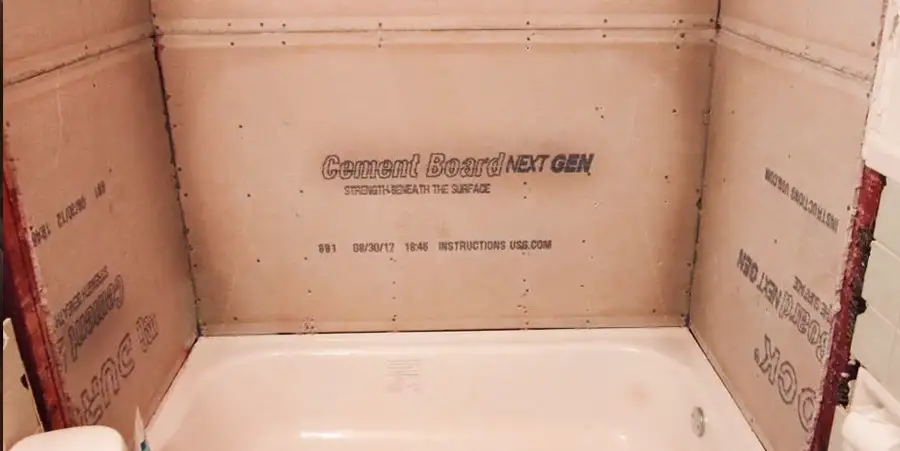
The Proper Way to Install Backer Board in Tub Area
- Measure the circumference of your tub surround flange.
- Cut a piece of backer board that is big enough to cover the entire circumference of your tub surround flange.
- Mark the placement of mounting screws on the backer board (use a drill bit if needed) and install screws into joists or rafters.
- Apply drywall mud to all surrounding surfaces using a trowel or spade.
- Push the backer board into the mud and press it down firmly.
- Let it dry.
Maybe help you: Install Hardiebacker Board Around Bathtub
Method 2: Using Metal Sheet
Another option is to use a metal sheet. This requires more work, but it’s also a more permanent solution. You will need to cut the metal sheet to fit the circumference of your surround flange and weld it in place (If you want, you can attach it with screws). Ensure that you have adequate ventilation when doing this, so you don’t get any fumes or heat damage from the welding process.
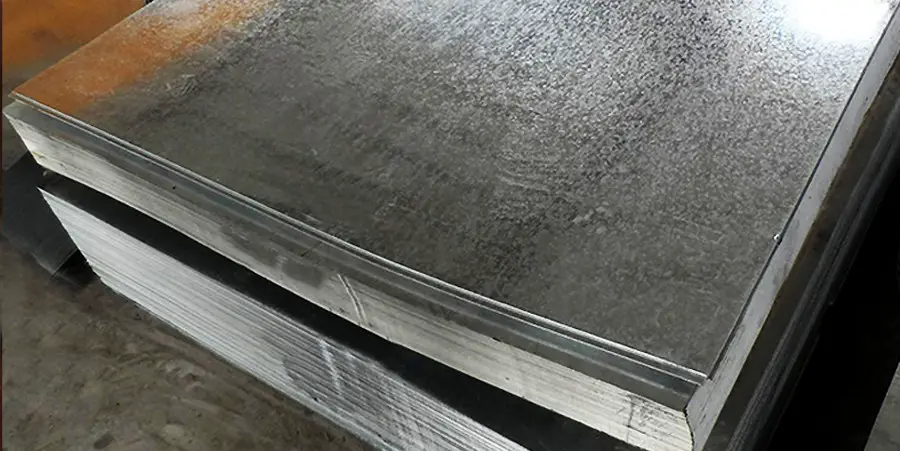
What Are Some Common Installation Mistakes People Make When Installing a Tub Surround?
People make a few common installation mistakes when installing a tub surround. Some of the most common errors include not following the manufacturer’s instructions, using improper tools, and not checking for proper fit before completing the job. Many people use cardboard, plywood, plastic board for bathrooms which is not suitable for this solution.
FAQ’s
Does a Surrounding Flange Really Work?
On the positive side, they can provide a more finished appearance and protect your walls from water damage. They also help define the boundaries of your bathroom and make it easier to coordinate flooring, countertops, cabinets, towel bars and other hardware.
Should You Caulk a Tub Surround?
If you use a tub surround, it’s important to seal all the gaps between the tiles. This includes around the nails that hold it in place. If the gaps are left open, moisture can seep into the mortar between the tiles and damage them over time.
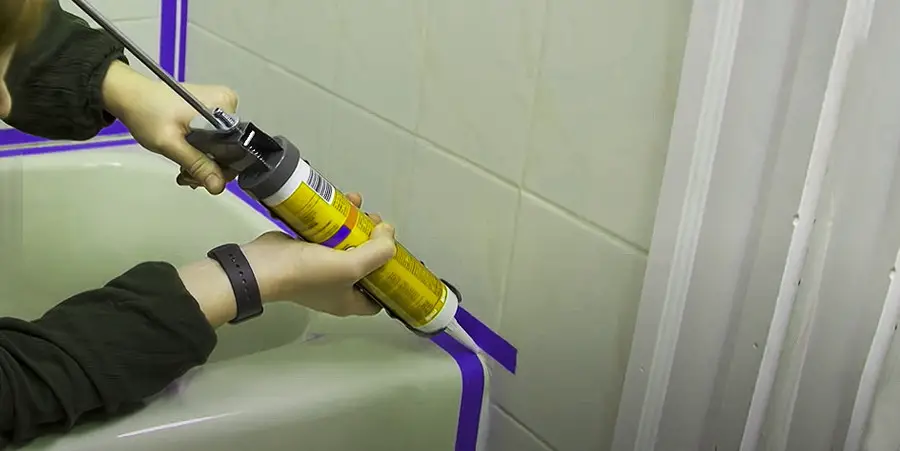
Conclusion
Covering tub surround flange is not a new job, but it’s one that many homeowners are unaware of. It can be dangerous to have an exposed flange in your bathroom and the problem is often left unattended for years.
To prevent any future problems, it’s important to understand how to install a flange for a tub surround. If you are known its usefulness, do not wait or ignore it. There are no other better options than cover the tub surrounding flanges.
Leave a comment below if you want us to share your experience covering tub surrounds.
You may read also – How to Cover Toilet Waste Pipe



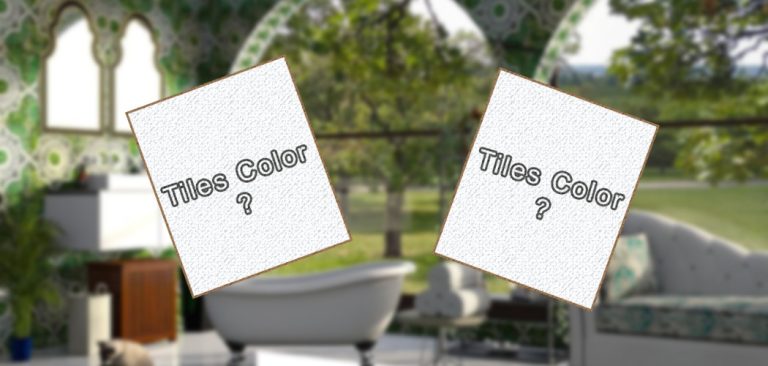
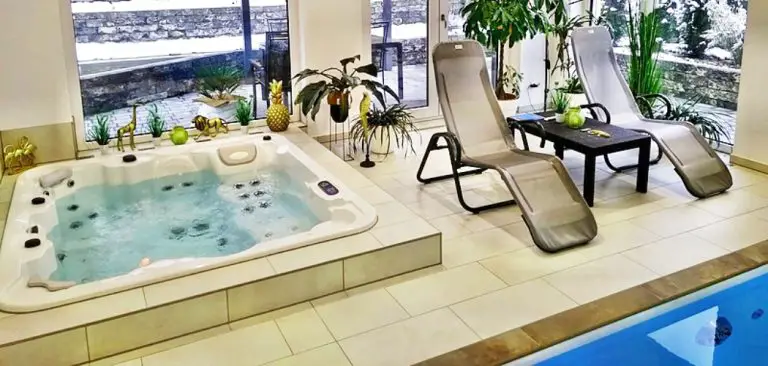
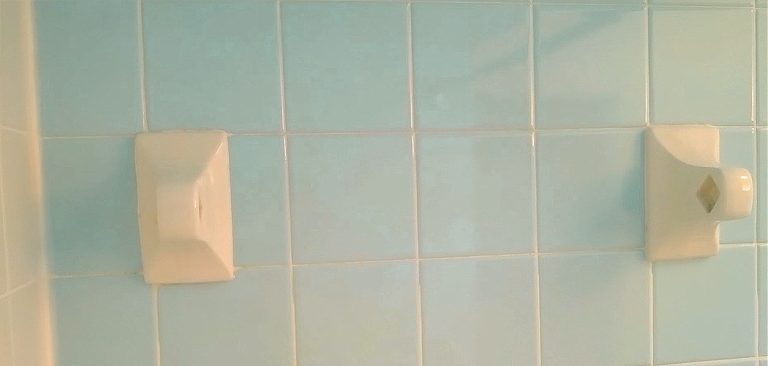
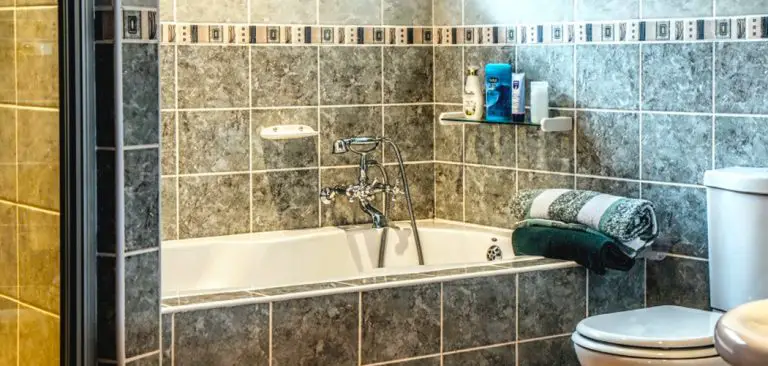
Thank you for another magnificent article. Where else could anybody get that type of information in such an ideal way of writing? I have a presentation next week, and I am on the look for such information.